Back in the day, I somehow managed to write an article on this web-site almost every day, which was perhaps a testament to exactly how much spare time doctoral students have on their hands. I started as a graduate student in 2004, and met my wife-to-be in the same year. Happy days indeed! I drank a lot of tea.
Since graduating, in more recent years, I've written articles for publication on Mondays and Fridays, which fitted with the timescales of my post-doc status of the time, in which I was effectively working for a senior professor. If you've ever served your time as a post-doc, you know that it can be busy, but there is a certain rhythm that allows you to, for example, drink and write about tea on a moderately regular basis.
The big change to my life happened in October of last year when, in a moment of uncharacteristic and substantial foolishness, my university decided to appoint me as a member of the faculty. It subsequently handed me the steering wheel for a research lab. Bear in mind that I cannot drive, and that I get asked to prove my age when I try to buy alcohol (heh).
Since that time, life has consequently become more and more rapidly accelerating. It is a hugely enjoyable time, and it gives me the genuine privilege of working with some massively talented students and researchers - but it does mean that, as our lab grows (approximately doubling in size every six months), the opportunities to drink and write about tea decrease proportionally.
The new ol' Half-Dipper will, therefore, be a little less regular in its publication, and we will make permanent that arrangement that I have been trialling recently, with a summary article every week or so.
Let's kick off this new old Half-Dipper with an investigation of a recent week of annual leave, some of which I managed to spend at the tea-table.
The 1998 CNNP "Apple-Green" tuocha
I basically spent the mornings of the entire week with some mind-wreckingly good tea from an outfit called teaclassico.com. Full disclosure: the proprietor, Neil, sent me a big box o ' treats without charge.
This actually caused me to reevaluate completely how I go about buying tea, such was the magnitude of the fabulosity of the tea.
Decent CNNP tuocha leaves in the old style
The tea market is a strange affair: modern pricing has inflated the cost of modern tea to tear-inducing quantities; even a few years ago, the same tea could be bought for a fraction of its current price. These price increases have been passed onto consumers, and there are now very few outfits that provide good, modern tea at a reasonable price.
I would count white2tea, Chawangshop, and Yunnan Sourcing as my current "go-to" tea vendors, who have managed to keep a cap on prices, and I spend almost no money outside these three (excepting direct purchases via Maliandao or Taobao). Other vendors are in no way bad, but their offerings are now frequently double or triple (or more!) the price of equivalent cakes from previous years, and I simply could not bring myself to pay that much. In many cases, this is not the fault of the vendor, due to the cost of maocha - but, whatever the cause, the result is the same.
Price increases could be argued as being a good thing, if the farmer is seeing more of the profits. We see signs of this throughout Yunnan, particularly in places such as Laobanzhang. To estimate the proportion of the price increases that reaches the farmer is rather futile, given the lack of data.
Gloopy, strong, clean - what else do you need?
We have older teas, however, that have already reached a price ceiling, of sorts. The only way that modern tea can comfortably be priced at sky-high prices is if all vendors simultaneously increase the prices of their older teas, but this they have not done - perhaps due to that intangible (and soft) price ceiling on older teas. There is, after all, a limit to how much an old tea is worth, without demand for it increasing hugely. With demand often confined to modern teas, hence the price rises, we have the strange effect that price pressures are tightly focussed on modern teas, but less on older teas.
Yes, the prices of the super-classics have gone crazy, but I maintain that there is a class of good, aged teas that has not seen the price increases of either the very modern or the very old teas.
Therefore, drinkers such as me, and perhaps even you, Gentle Reader, are being driven away from spending their money on modern teas (excepting obvious "white whale" bargains!) and instead spend their money on older teas. This was previously something that I did not do, at scale, but where now I would much rather spend X units of currency on something of proven vintage and aging, than spend the same X units of currency on something modern, with all of the risks that arise from uncertainty over processing, storage, etc. Why take the risk, when older tea costs the same?
In that spirit, outlets such as Teaclassico are well-placed to capitalise on this new category of consumer, which comprises drinkers who are looking for reasonably-priced older teas, of similar price to modern cakes. We are searching for those cleverly-prices teas from the mid-range, between modern and aged, and places like Teaclassico are meeting that need. Such vendors are unhindered by trying to sell you modern cakes, and so can afford to price their aged tea at reasonable (Taiwan-esque) prices.
The first tea that meets my quality:price threshold is the 1998 CNNP "Apple Green" tuocha, shown here: this is $83/250g ($119/357g equivalent), which makes it much less expensive than many modern cakes. Admittedly, this tuocha is not a grand tea, but it is (i) strong, (ii) aged, and (iii) priced nicely, which is a fine place for a tea to occupy, whereas modern tea can claim only (i) at best.
It is a heavy red-orange, as befits tuocha from 1998, and it very smooth, very heavy, and very enjoyable in the mouth. It has a smooth, "beefy" sweetness that is clean and soft; it cools and tickles the tongue, and has the liveliness of good tuocha. Purchase of this tea seems straightforward.
One step up the food-chain from the tasty 1998 Apple-Green tuocha is this 2003 Menghai 7542. This could very well be the last 7542 before Menghai Tea Factory flipped over into Dayi.
2003 Menghai 7542
We're one step up the price ladder here, at $129/357g. The cake started out in Hong Kong, and ended up being stored in Taiwan for some years. This is a common story for the cakes from Teaclassico, which leads me to conclude that Neil has spent some time with sellers in Taiwan - this is no bad thing, as I never get to Taiwan, and I like the storage there. In some ways, an initial period in HK followed by a cleaning-out in Taiwan is an optimum, as far as my tastebuds go.
Even the leaves look "Menghai"
It is a heavy orange-red, as you might see below, and has a sweet and tarry body that reminds me of other 7542s from this era that I have enjoyed with Apache. It is clean, and cooling, and quickly fills the mouth. There is a good quantity of Menghai house character, and this surely must be the best protection against fakery that one could hope to achieve: a recognisable house character.
Chunk-y
As with many strong, good teas, this one takes a good two or three infusions before it reaches full speed: it needs a good run-up, which usually always corresponds to good-quality tea in my experience: it has tons of contents, and does not throw them all away in the first infusion. Perhaps it is this "locked in" character, taking several infusions to rouse, that made it such a good candidate for storage. Warmth, depth, mahogany: this is solid tea, with a penetrating, woody sweetness that leaves me feeling strangely calm.
Again, it is actually cheaper than many modern cakes, and is guaranteed to be good for aging - because it is already aged.
The prize for this week of teas is shown below.
2000 CNNP Zhencangpin
The "Zhencangpin" [lit. treasure-store product; e.g. "collector's item product"] designation is shown in the calligraphic text under the yellow zhongcha character - otherwise, it looks like standard yellow-label. However, that calligraphy makes all the difference: this is a big, bad cake. Big! And bad!
Delicious
The photograph of the leaves shown above makes the mouth water just from the image alone. That's when you know it's good tea: when the photograph of the dry leaves makes you thirsty.
This is the only tea in the collection from Teaclassico that I actually drank twice, taking two precious days to enjoy it. This means that, as far as I'm concerned, it is really rather fine. It is a not insubstantial $220/357g, but compare that to modern cakes and you will be immediately convinced that this is, if not a bargain per se, then at least a very properly-priced cake (given recent pricing).
It is heavy, full, and continuous in its woodiness. Again, there is a HK background of humid, mineral characteristics, but this has been sharpened and cleaned by the Taiwanese storage to magnificent effect. In price, storage, and character it is almost precisely what defines "good tea" for me. This is a personal decision, but it hits every single note that I need a fine tea to hit.
"OAK-PANELLED STRENGTH", I have in my diary. Elongated,velvety, and strong. If you have the opportunity to sample this tea, you may well be as enamoured as I was, during that week of annual leave. Purchasement, as with the other two cakes shown here, is straightforward.
Everything that is good in tea
I hope that Teaclassico builds on its start, and that it continues to keep the pricing right - I will certainly be keeping an eye on their inventory from here on, as my buying habits have been forcibly changed.
Thanks again to Neil for a great week of teas that made for some excellent summer mornings. The "Zhencangpin" was so good that I actually invented a new non-parametric Bayesian stochastic process during the session, and documented it over 17 pages in my log-book. Not many teas manage to be both a great beverage and a muse...

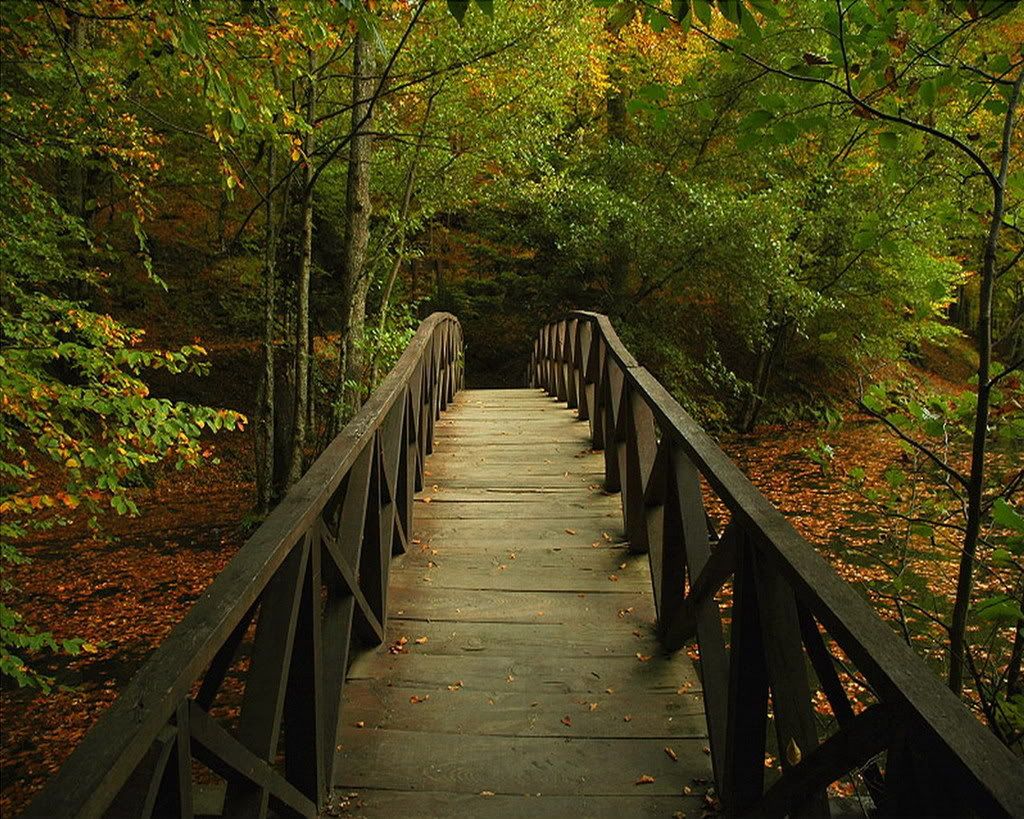
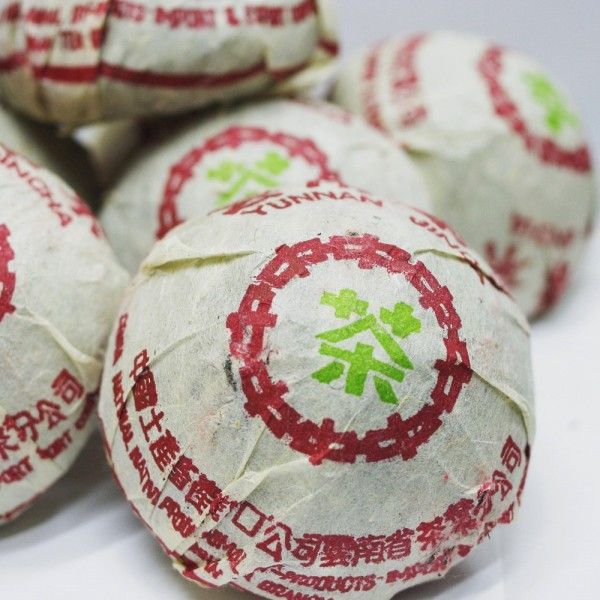
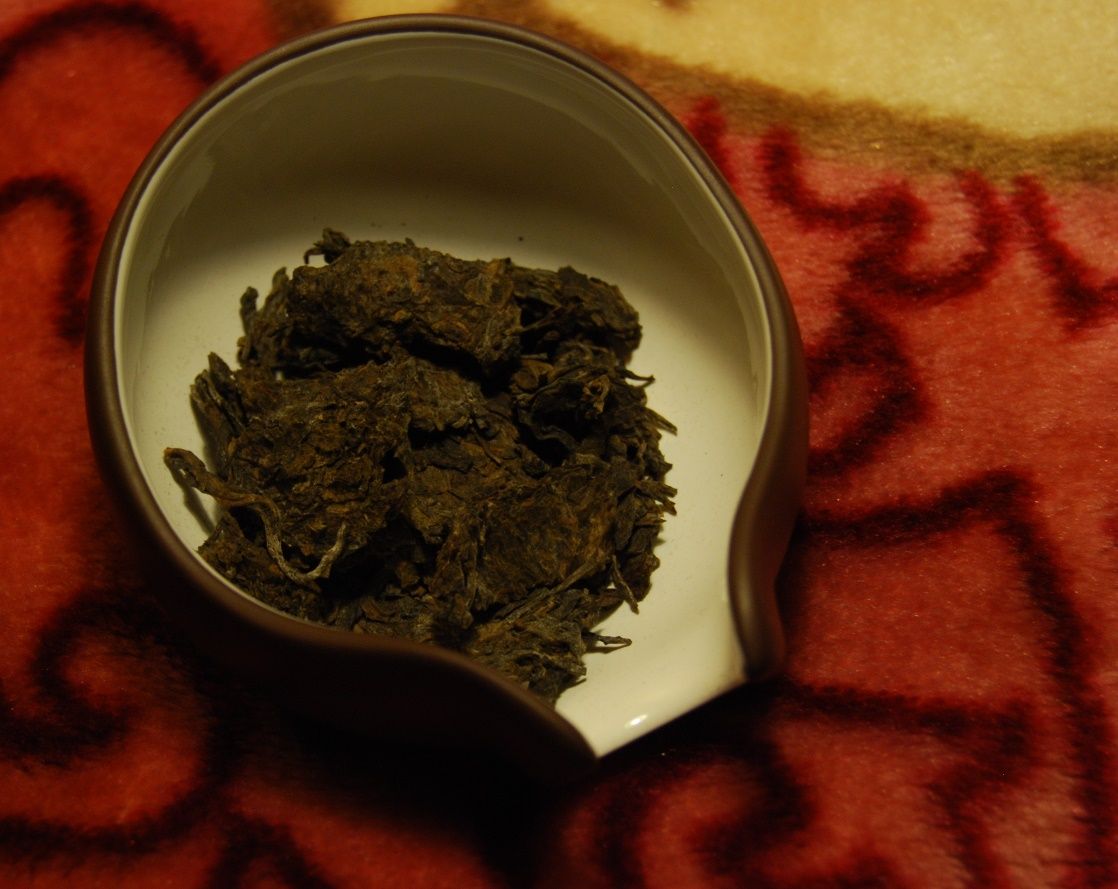
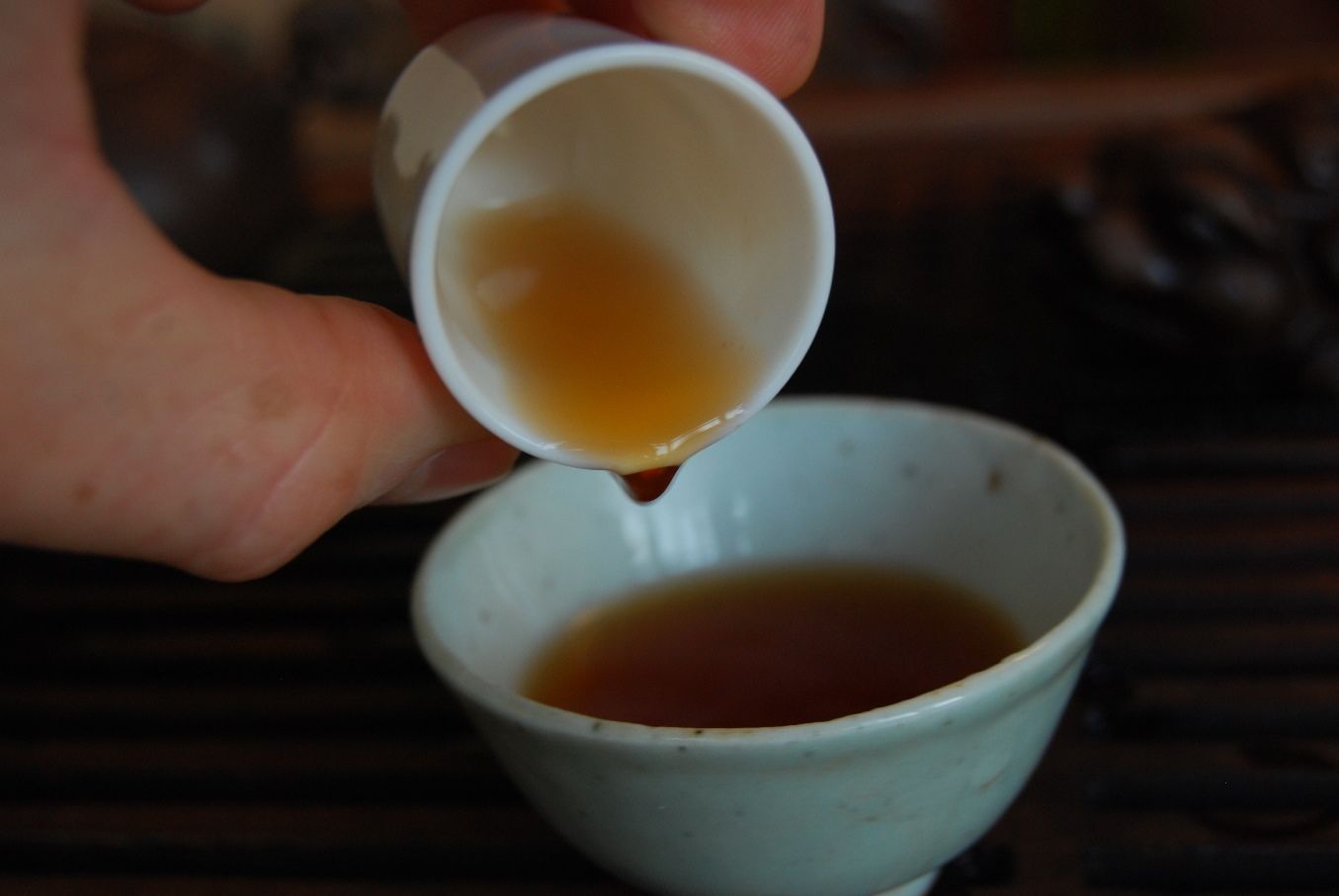
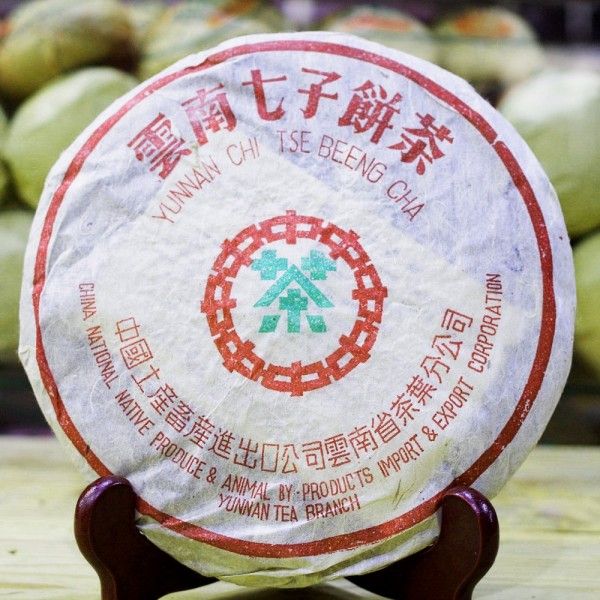
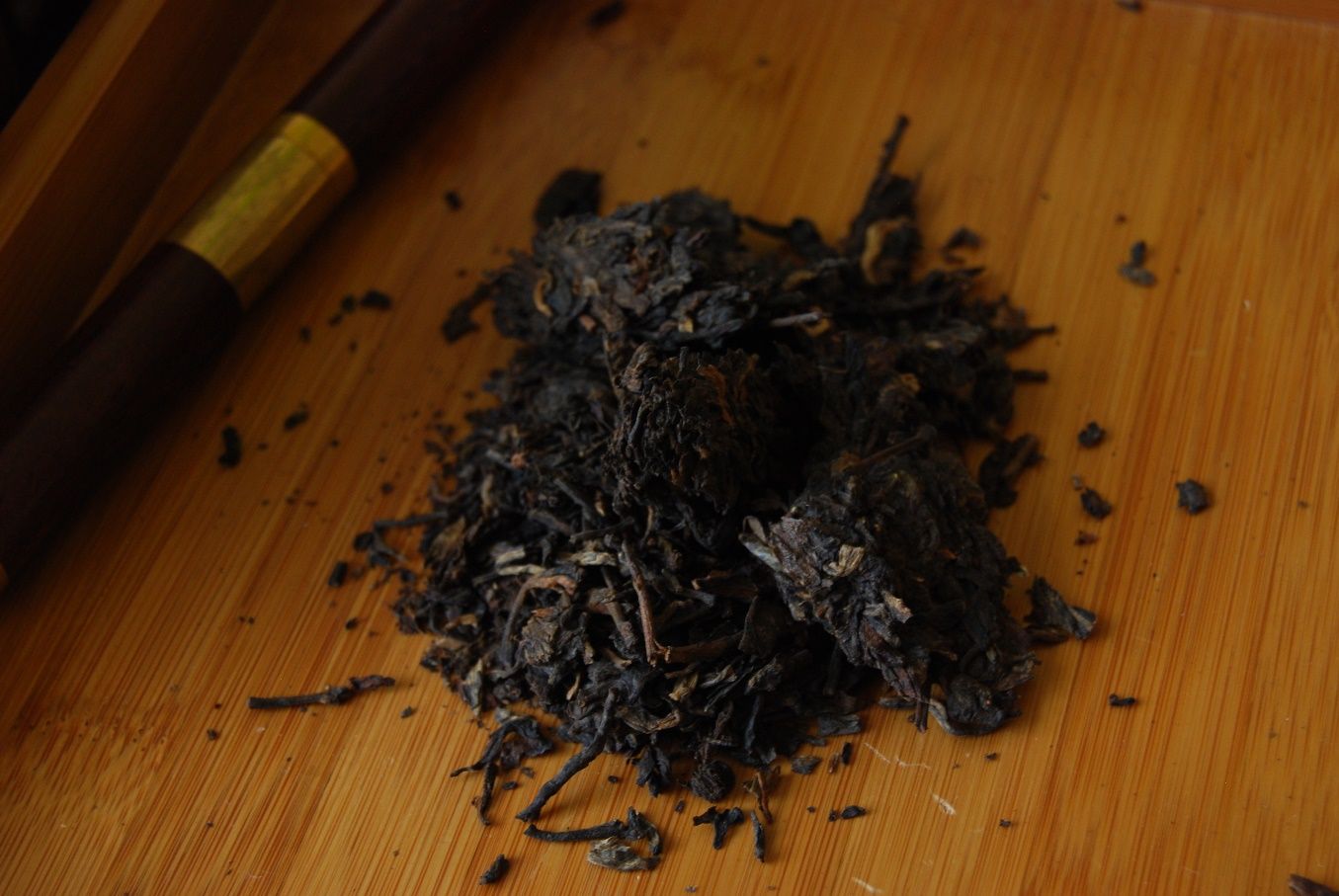
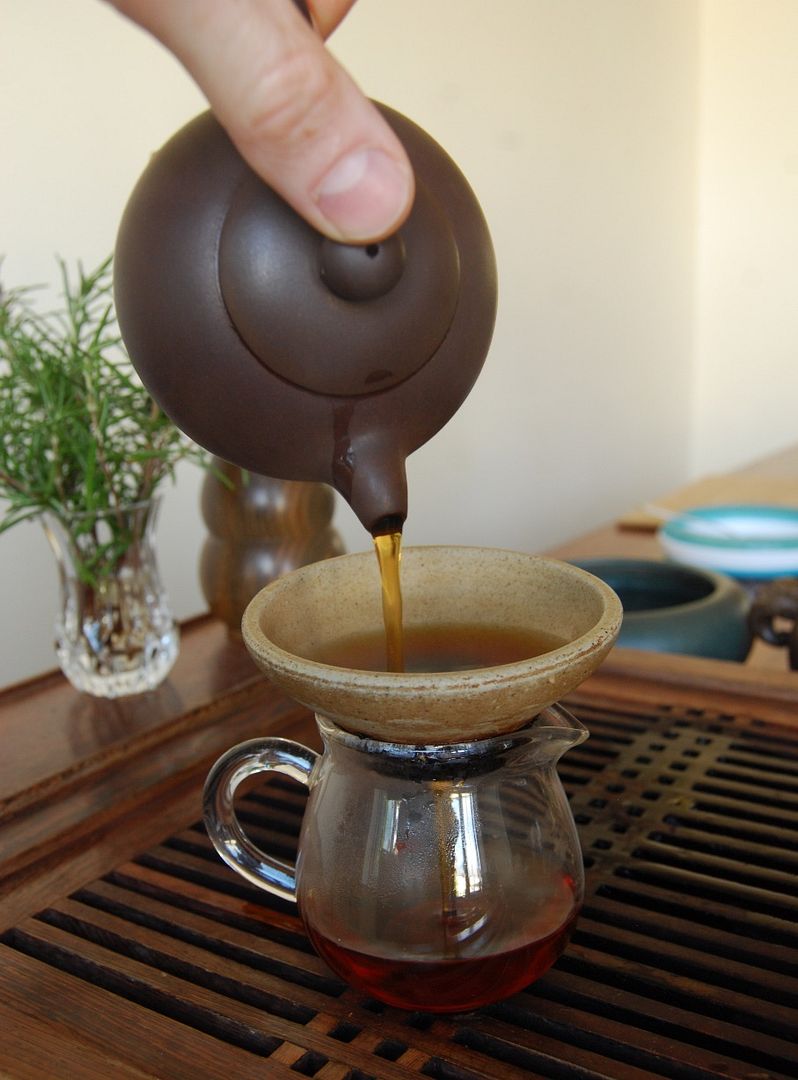

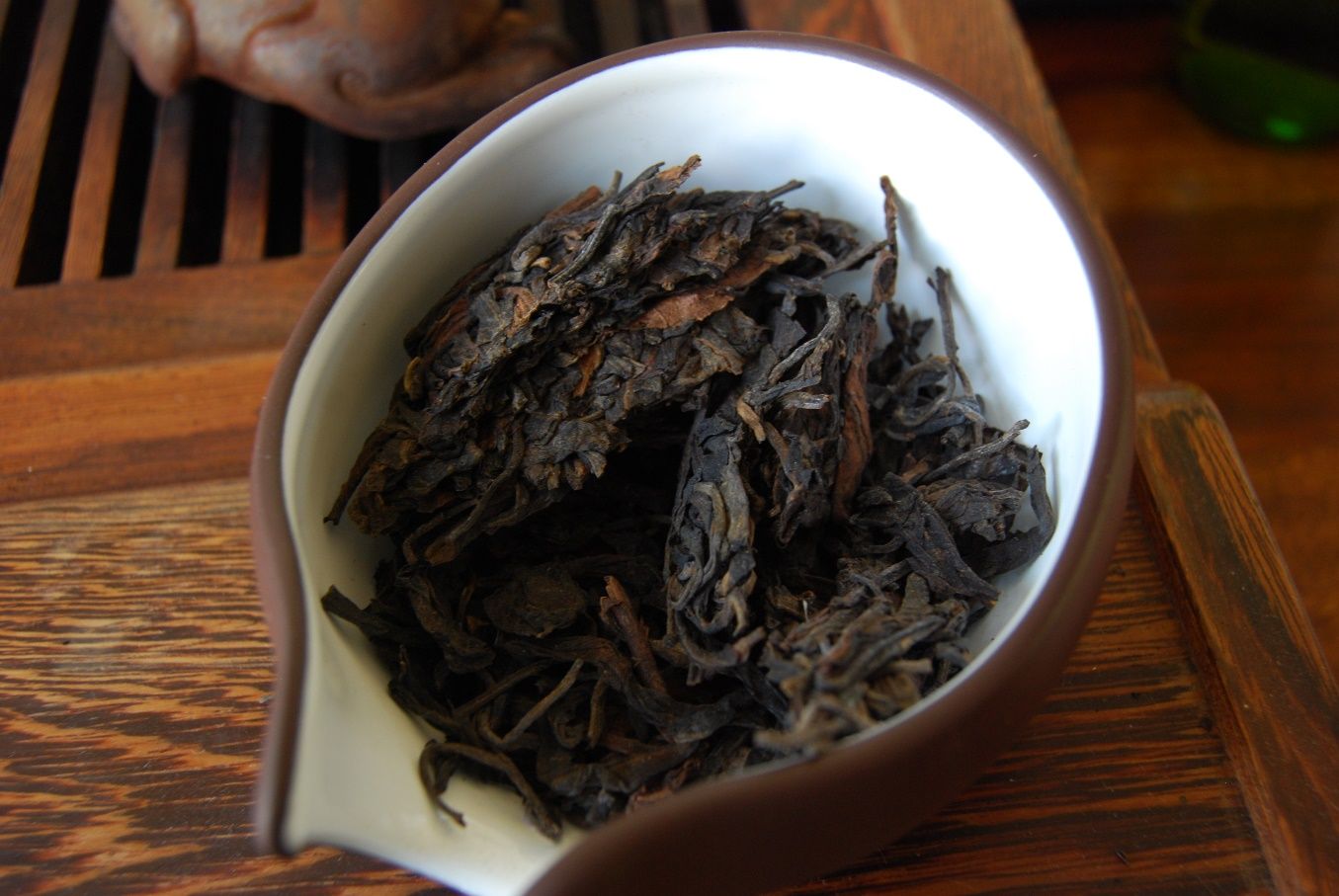

As someone else struggling with the increase in prices, I wonder if you have any thoughts to help those of us who can't really budget more than, say, $20-30 per cake? Who got hooked when puerh was cheap? Is there anything you'd buy at that price range? Should we just be stocking up on cheap, nasty tuos?
ReplyDeleteDear Sam,
ReplyDeleteI know the feeling. I know it well! There are some good, fun low-cost teas in that price-range. white2tea is doing some robust business in making great "white wrapper" teas available at karmically-approved prices, such as the "white whale" and others. Have a look at that outfit!
Of course, you could pretend that you bought a few cakes at $20, and, instead, save the money in a piggy-bank. Then, break it open at an opportune moment and buy a single $100 cake. That's a strategy that might bear fruit in the long-run. :)
Toodlepip,
Hobbes